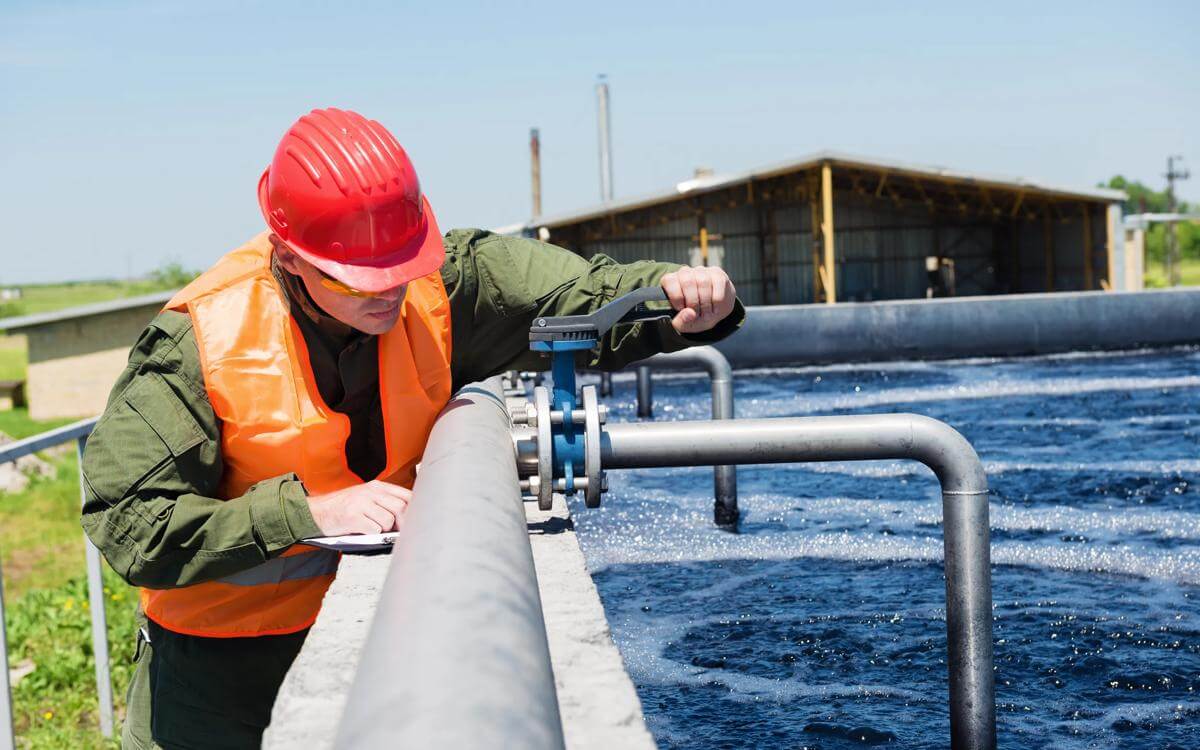Is it hot in here, or is it just me?
Whilst the weather conditions are predicted to be cooling down this week, the Health and Safety Executive (HSE) is asking employers and businesses to consider adapting to recurrent warmer weather conditions for the safety and benefit of their staff. It asks employers to ensure that extreme heat becomes a firm part of longer term risk management. Climate change in any event is something all businesses will need to consider as the warmer weather becomes more frequent - extreme heat is something that will impact employers on a day to day basis.
Whilst the weather conditions are predicted to be cooling down this week, the Health and Safety Executive (HSE) is asking employers and businesses to consider adapting to recurrent warmer weather conditions for the safety and benefit of their staff. It asks employers to ensure that extreme heat becomes a firm part of longer term risk management. Climate change in any event is something all businesses will need to consider as the warmer weather becomes more frequent - extreme heat is something that will impact employers on a day to day basis.
Whilst there is no maximum working temperature stipulated for workplaces, The Workplace (Health, Safety and Welfare) Regulations 1992, provides that during working hours, the temperature in all workplaces inside buildings should be reasonable. All workers are entitled to an environment where risks to their health and safety are controlled or managed. Heat is classed as a hazard and as such, extreme heat will need to be assessed as one risk (in itself) amongst others that exist in the workplace.
The HSE expects employers to take the recent extreme weather in the UK, as a prompt to future proof risks of harm from heat/extreme heat in the workplace. Low cost adaptations are available and may be sufficient in the short term. The prompt however ensures that employers are aware that for some employers, such measures might require a more substantial investment, such as air conditioning or ventilation. Employers should use this time to start incorporating extreme heat into their risk assessments as one risk amongst other risks within the workplace.
In the meantime, more immediate measures can be taken to reduce the harm of risk from extreme heat and this includes: relaxing formal dress code policies, temporarily amending working hours to work earlier/later in the day dependent on the business need and to avoid commutes into the office in the heat of the day and taking measures to ensure that that workers are sufficiently hydrated (ice/water stations).









































